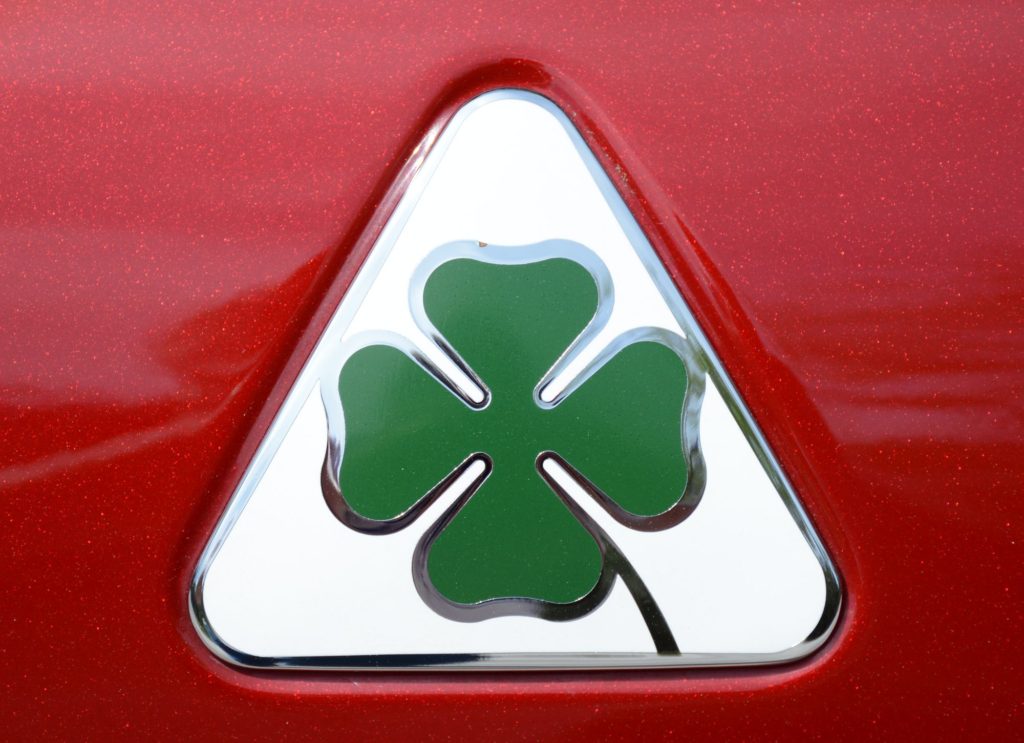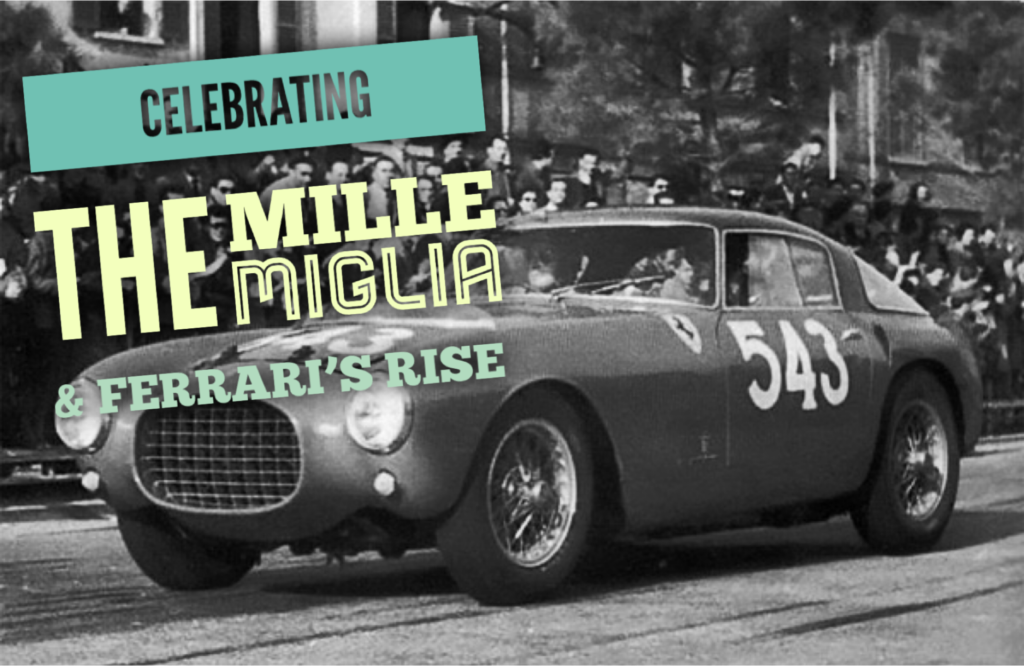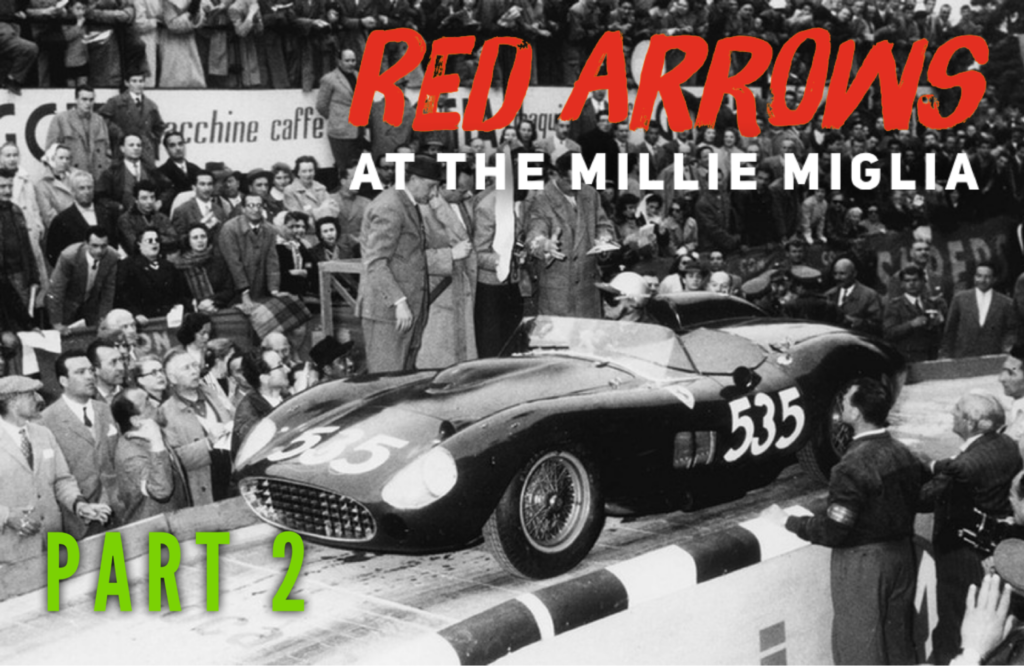Welcome, fellow automotive enthusiasts, to a journey through time, as we delve into the captivating story of the Mille Miglia. An iconic endurance race that left an indelible mark on the history of motorsports. Born in 1927 in the heart of Italy, the Mille Miglia was not just a race; it was a spectacle that unfolded on the open roads, stretching over a thousand miles from Brescia to Rome and back. Conceived by two Italian Counts, Aymo Maggi and Franco Mazzotti, the race was envisioned as a means to revitalize the city of Brescia and promote the burgeoning automotive industry.
As the years passed, the Mille Miglia became more than a mere sporting event; it became a symbol of passion, skill, and the relentless pursuit of speed. From the roaring engines of Alfa Romeos to the sleek lines of Ferraris, the racecourse witnessed the evolution of automotive engineering. This week we’ve stitched together a wonder tribute, exploration and celebration of the Mille Miglia through a collection of articles, lectures, presentations and of course podcast episodes!
What’s in a Name? The Quadrifoglio
The quadrifoglio (also called the ‘cloverleaf’, pnn: “Quad-ree-foe-leo” ) has been used on Alfa Romeo race cars since the death of Ugo Sivocci in 1923. Sivocci was hired by Alfa in 1920 to drive in the four-man racing team – known as Alfa Corse – with included drivers: Ugo Sivocci, Antonio Ascari, Giuseppe Campari, and Enzo Ferrari. 
Politicizing racing in the 1930s
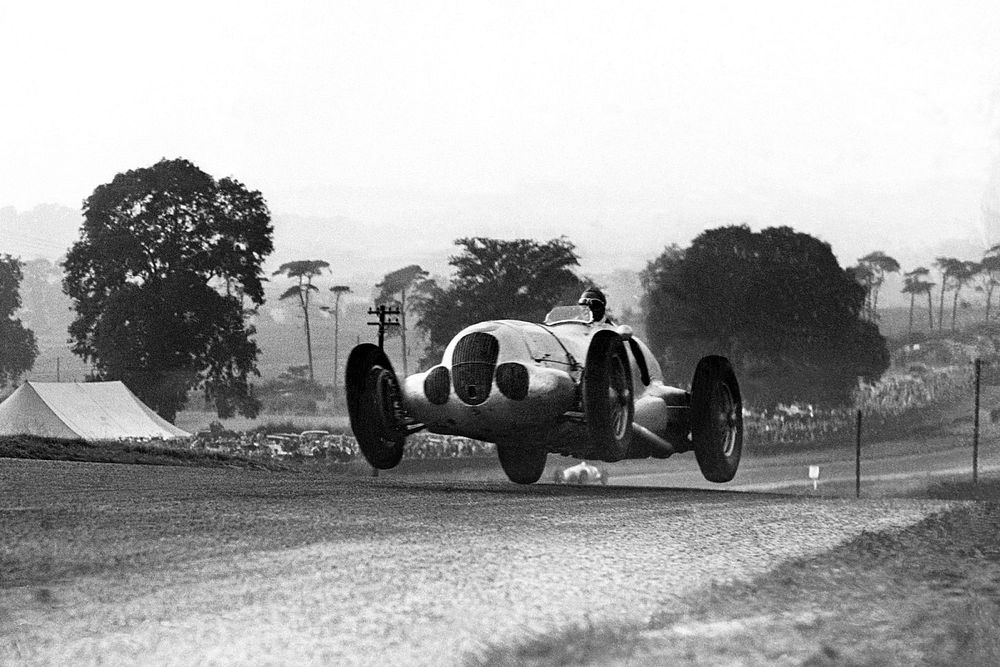
Katharine Worth’s presentation analyzes the 1930s through the lens of Grand Prix racing – and the aspirations to race at that level – in Germany and Great Britain, addressing how motor racing became increasingly connected to politics and nationalism, showcasing the complex relationship between Germany and Britain at the time. Ms. Worth’s discussion highlights the British and German perspectives and usages of motor racing in the 1930s as motor racing became entangled with the politics and rising tensions of the period. 
History of the Mille Miglia – 1927-1953
In Part-1 of our Mille Miglia coverage William Ross from The Ferrari Marketplace Podcast collaborates with Jon Summers – The Motoring Historian & Crew Chief Eric from Break/Fix podcast, to explore the history of the Mille Miglia and the its influence on Enzo Ferrari’s early vehicles.
Be sure to also check out all the extra vignettes and non-sequiturs that this discussion leads to!
Winning Ferraris mentioned on this Episode
- 1948 – Ferrari 166S-Chassis 003S driven by Clemente Biondetti & Guisseppe Navone; Biondetti wins at 75.343 mph – 15hrs 5’44”
- 1949 – Ferrai 166MM-Chassis 0034M – Open Roadster driven by Clemente Biondetti & Guiseppe Navone; Biondetti wins at 81.683mph – 12hrs 7’05”
- 1950 – Ferrari 195S-Chassis 0026M (technically a 166 Touring Barchetta but engine was replaced to create 195S) driven by Giannino Marzotto & Martino Severi-Only “Private” Ferrari to win the Mille Miligia. Unbeknownst to Marzotto, Ferrari replaced his motor with a brand new 2.3 litre Type 195.
- 1951 – Ferrari 340 America-Chassis 0082A driven by Gigi Villoresi & Pasquale Cassani; Villoresi wins at 76mph
- 1952 – Ferrari 250S-Chassis 0156ET driven by Giovanni Bracco &; Alfonso Rolfo; Bracco wins at 80mph
- 1953 – Ferrari 340MM-Chassis 0280AM driven by Gianno Marzotto & Marco Crosara; Gianno Marzotto wins at 89mph
The Reinvention of the Mille Miglia in 1940
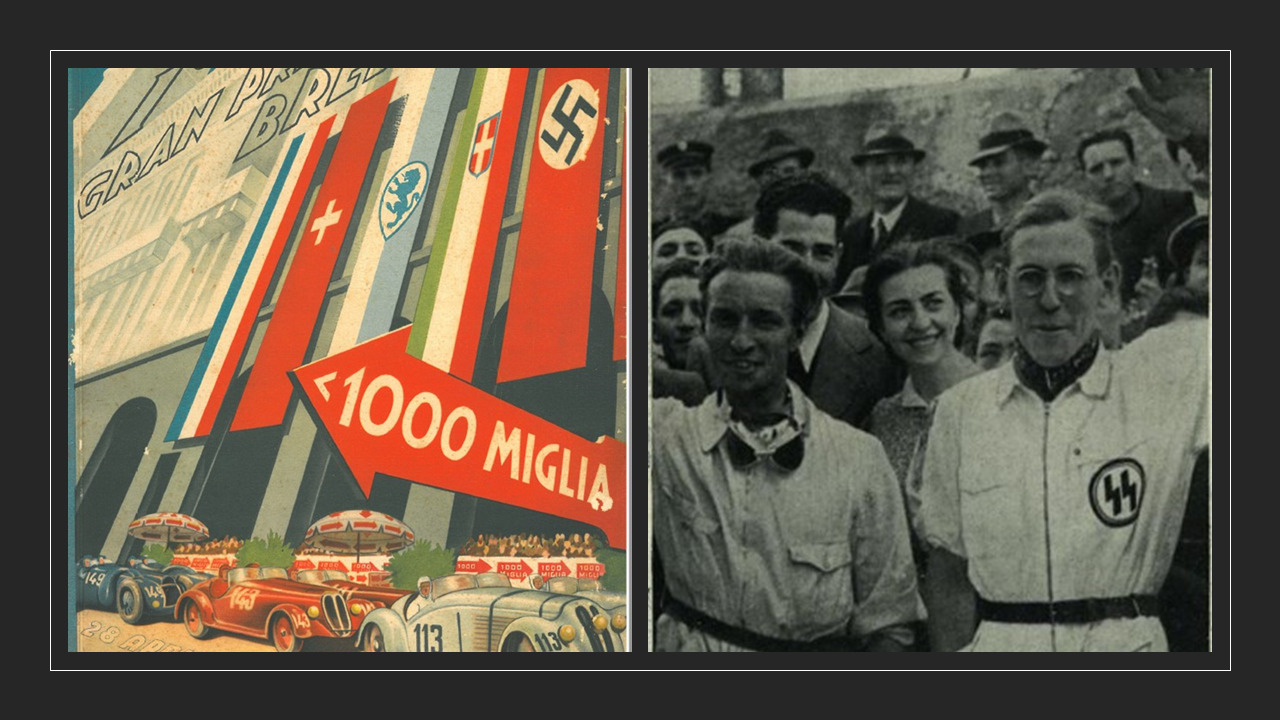
The 1940 Mille Miglia is an anomaly in the long history of the race. The previous classic editions, held between 1927 and 1938, were run on the thousand-mile figure-of-eight open road course covering half of Italy. During that time, it had become Italy’s most important motor race and one that was exploited by Mussolini’s Fascist regime. After a major tragedy in 1938, the race was reinvented in 1940 and bore scant resemblance to the original. Prof. Paul Baxa’s presentation examines how the race was used by the regime to exalt the Axis alliance while at the same time making great efforts to link it to its more illustrious preceding editions. 
Determining the Provenance of cars used during the Mille Miglia

It appears that Maserati (and other marques) in the 1950s identified their competition cars by their engine numbers, not their chassis numbers, and that this process allowed for the individual cars to have carried more than one identity. This has implications for the provenance of these cars. Learn more as Trevor Lister and Don Capps from the Society of Automotive Historians (SAH) explain.
1953 Mille Miglia Complete News Reel/Documentary – AI Upscaled
In the annals of automotive history, the 1953 Shell Video (below) captures the Mille Miglia and stands as a captivating relic from a bygone era of racing prowess. It unveils the riveting spectacle of drivers conquering the challenging terrain of Italy’s open roads, their engines roaring with a symphony of power. The video captures the essence of endurance racing, showcasing iconic vehicles navigating tight corners and winding stretches with precision.
Against the backdrop of picturesque landscapes, the Mille Miglia of 1953 comes to life, echoing the spirit of an era where racing wasn’t just a competition; it was a grandiose celebration of automotive ingenuity and unyielding determination. The video immortalizes a moment when speed, skill, and the relentless pursuit of victory converged on the historic roads of Italy, leaving an indelible mark on the hearts of racing aficionados worldwide.
The Golden Age of the Mille Miglia – 1954-1958
William Ross from The Ferrari Marketplace Podcast returns for Part-2 of the Mille Miglia discussion with Jon Summers – The Motoring Historian & Crew Chief Eric from Break/Fix podcast, to continue the celebration of Ferrari and recounting the history of the Mille Miglia. This episode picks up from Part-1 at the end of 1953 through the catastrophic finale of the 1957 race.
Winning Ferraris mentioned on this Episode
- 1953 – Ferrari 340MM-Chassis 0280AM driven by Gianno Marzotto & Marco Crosara; Gianno Marzotto wins at 89mph
- 1954 – Lancia of Ascari with Marzotto 2nd, Biondetti 4th in Ferrari’s
- 1955 – Mercedes of Moss/Jenkins with Castelotti close behind. Record speeds!
- 1956 – Ferrari 290MM-Chassis 0616 driven by Eugenio Castelotti wins at 85.42 mph in the RAIN!
- 1957 – Ferrari 315S-Chassis 0684 driven by Piero Taruffi wins at 95 mph
The Mille Miglia came to a poignant halt in 1957 after a tragic accident claimed the lives of driver Alfonso de Portago, his co-driver, and several spectators. The Mille Miglia was discontinued, but its legacy endures, immortalized in the annals of racing history as a testament to the golden era of Italian motorsports. We hope you enjoyed this riveting journey through the early years of this legendary race, exploring the triumphs, tribulations, and the spirit that defined the Mille Miglia from its inception to that fateful year in 1957.



